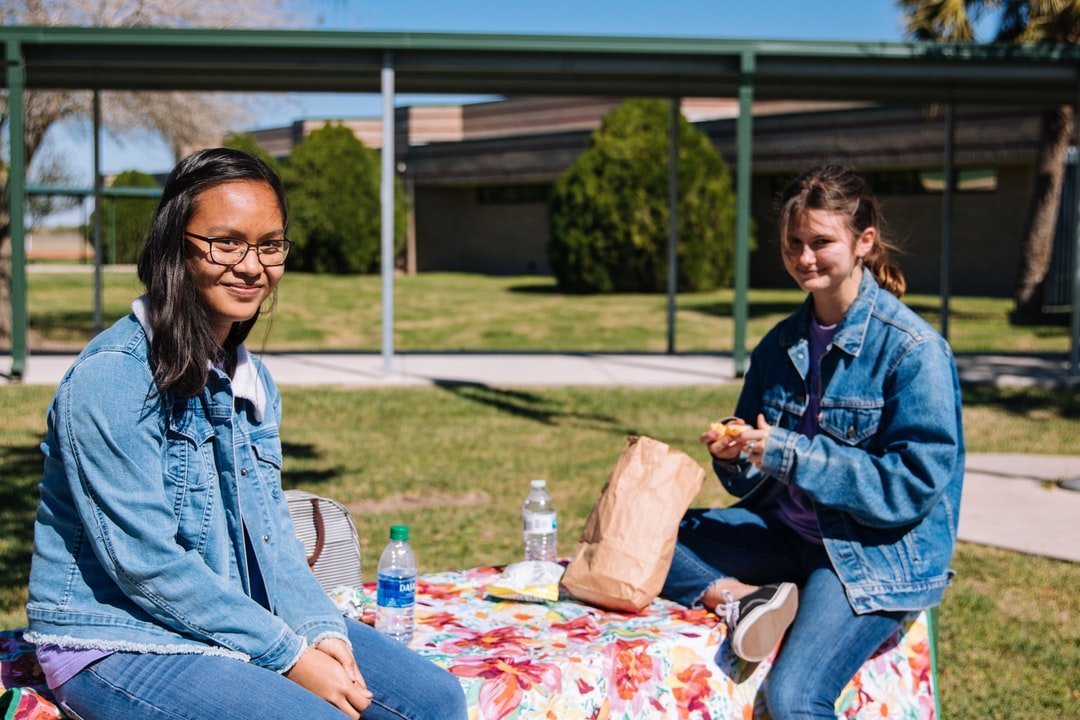
Measure Impact
All Resources / Human-Centered Design 101 / Measure Impact
Measuring success extends beyond participation rates.
Success could mean an increase in the number of students with smiles on their faces while eating or the number of students who feel satisfied after meals. Bring your staff and students into a brainstorm about novel ways to gauge the impact of changes to the meal program on students.
Instructions
Suggested Time: 30-60 for initial idea generation, continue testing and refining over time
Materials: Worksheet, pens and pencils, white board or flip board if making this into a brainstorm for staff and students
Participants: FNS staff and students when possible
Step One
Start by thinking about the objective for the design solution(s) you are evaluating, referring back to the Getting Started reflection tool for inspiration. How do you hope it will make students feel? What end impact do you want to have? Why is it important? Make sure to connect with students who are not utilizing the meal program for their perspectives as well. Most of the feedback tools in this guide are, at their core, ways of measuring satisfaction with new concepts. This exercise will help you and your team think of measures that will resonate with key stakeholders and ones that are less obvious, that can reveal whether or not you are moving in the right direction.
Step Two
Consider what you know about current student behavior. What are current behaviors or signals of what’s going on with students? Use methods like interviewing and ethnography to key into the current behaviors. This will help you establish a baseline of where you are starting before you implement a change.
Step Three
Brainstorm a set of measures. What are the changes you are hoping to see and how might these be tracked? Consider looping in key partners such as teachers, principals, and students who will have perspectives and expertise that can shape your learning and measurement efforts.
Step Four
Use the worksheet to consider both common and uncommon measures that can tell you what you and your stakeholders need to know. See this video from the School Retool project for more advice on how to think of uncommon measures. Here are a few ideas for the school food context to get you started:
Staff seen helping students
Less food wasted (i.e., cleaner plates)
Students demonstrate less anxiety or greater self esteem
Students exhibit excitement in and around the cafeteria
Step Five
Establish a timeline and a way to collect data. How long will you run this experiment? When will you monitor and collect feedback on the indicators that you have selected? You might find that you need to adjust some indicators based on what data you can feasibly collect. Update and refine your measures as you test your ideas or as data and evidence needs change.
Tool
Measuring Impact Worksheet
Use this worksheet to help you consider the range of metrics that matter most.
Need help downloading and using the tools? Visit our how-to guide.
Shannon Solomon, Aurora Public Schools
Did you try this?
We want to hear how it went! Share your stories and feedback here.



